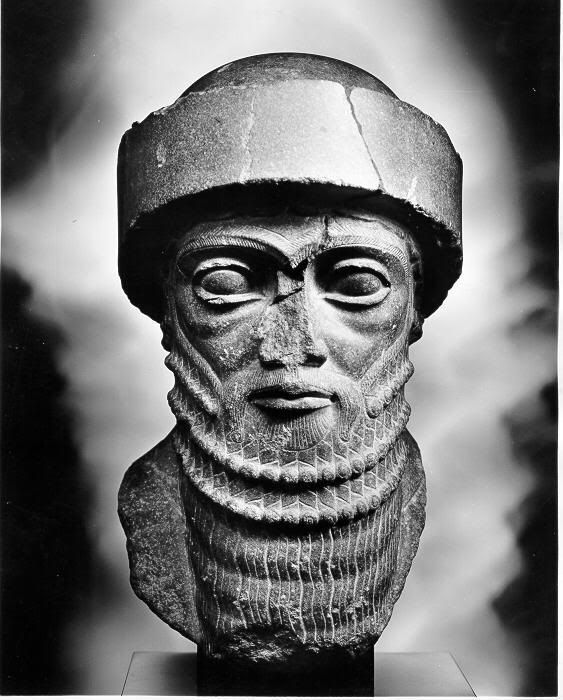Minoru Threat
So I looked him up that night, and I have to say that our "educator" was a bit misinformed. Yamasaki did not kill himself, but rather died from cancer in 1986. I couldn't find anything on-line about the fire in the records building, but our guide did sort of get it right about the housing project, the Pruitt-Ingoe Houses in St. Louis. It turns out that they were infamously unsuccessful, and were indeed demolished within ten years of going under construction. Apparently, many people point to their demolition as the beginning of post-modern architecture.
And while our guid told us the the WTC wasn't finished by the time Yamasaki died, that's not really true, either. It is true that Tower 7 didn't get finished until 1989, but Yamasaki's original plan was only the two main towers, which were completed in 1977. Still, the WTC really sucked as a pair of buildings, no matter how much a part of the skyline they became or how attached to them New Yorkers became. They were designed along the same modernist lines as the housing projects built by both Yamasaki and Moses -- dense towers with a giant lifeless plaza that nobody used. (It's no surprise that Moses and Yamasaki built this way, as they were both devotees of Grand Puba Modernist, Le Corbusier. The relationship between Corbu and Moses was explored in one of the best plays I've seen, Boozy. See it if you ever get a chance.)
Yamasaki criticized architects who felt they always had to follow the European model of strong, monumental architecture, saying that too many of them "look(ed) with derision upon attempts to build a friendly, more gentle kind of building. ... " Yet Yamasaki did exactly that with the WTC, creating something that seemed almost senselessly enormous and had a hard time attracting occupants even years after it was built.
Unsurprisingly, Yamasaki's story isn't quite the greek tragedy that the QMA guide led us to believe, though it is a very interesting story. He designed a lot of buildings, and while he seems to have had a couple of failures, it's probably unfair to separate him from the crazy modernist times he was living in. And the WTC ended up being one of the most famous buildings in the world while it was around, as much a part of the city fabric as the Empire State Building.
But of course there is a tragedy to this story, even if it isn't Yamasaki's suicide. I've seen bits and pieces about whether flaws in his design contributed to the collapse of the two towers on 9/11, but I haven't seen anything conclusive. It seems unfair to blame him, though, for something that nobody could've imagined happening when he designed it.
Still, it's hard to read Yamasaki's own words about the Twin Towers and not find his (our?) naivete a little hard to take:
"I feel this way about it. World trade means world peace and consequently the World Trade Center buildings in New York ... had a bigger purpose than just to provide room for tenants. The World Trade Center is a living symbol of man's dedication to world peace ... beyond the compelling need to make this a monument to world peace, the World Trade Center should, because of its importance, become a representation of man's belief in humanity, his need for individual dignity, his beliefs in the cooperation of men, and through cooperation, his ability to find greatness."
— Minoru Yamasaki





